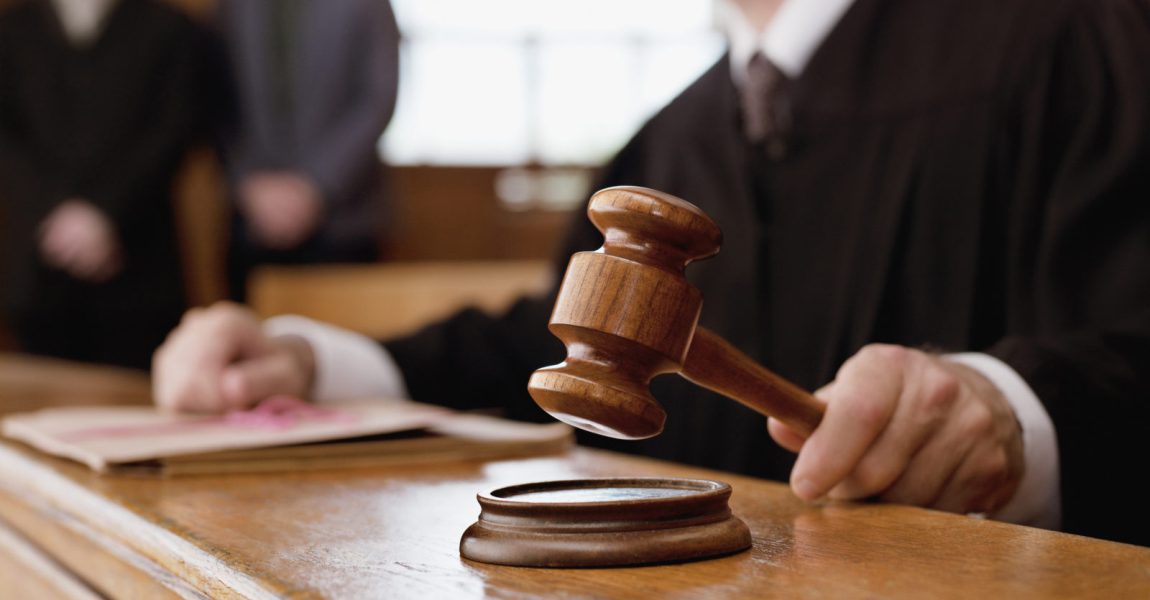
- November 3, 2023
- |Concise Law Reports (CLR), Delict
The plaintiff sued the first and second defendants jointly and severally for damages arising from a motor vehicle collision between the plaintiff’s motor vehicle and a truck owned by the second defendant. The first defendant did not oppose the claim and default judgment was granted against him. The plaintiff pursued the second defendant on the basis of vicarious liability. The second defendant admitted the accident and that it owned the truck that collided with the plaintiff’s vehicle but contended that the first defendant was not acting within the course and scope of his employment at the time.
Claasen . . .
Dear user, unfortunately you are not allowed to view this restricted content.
Please Login or Register in order to view.